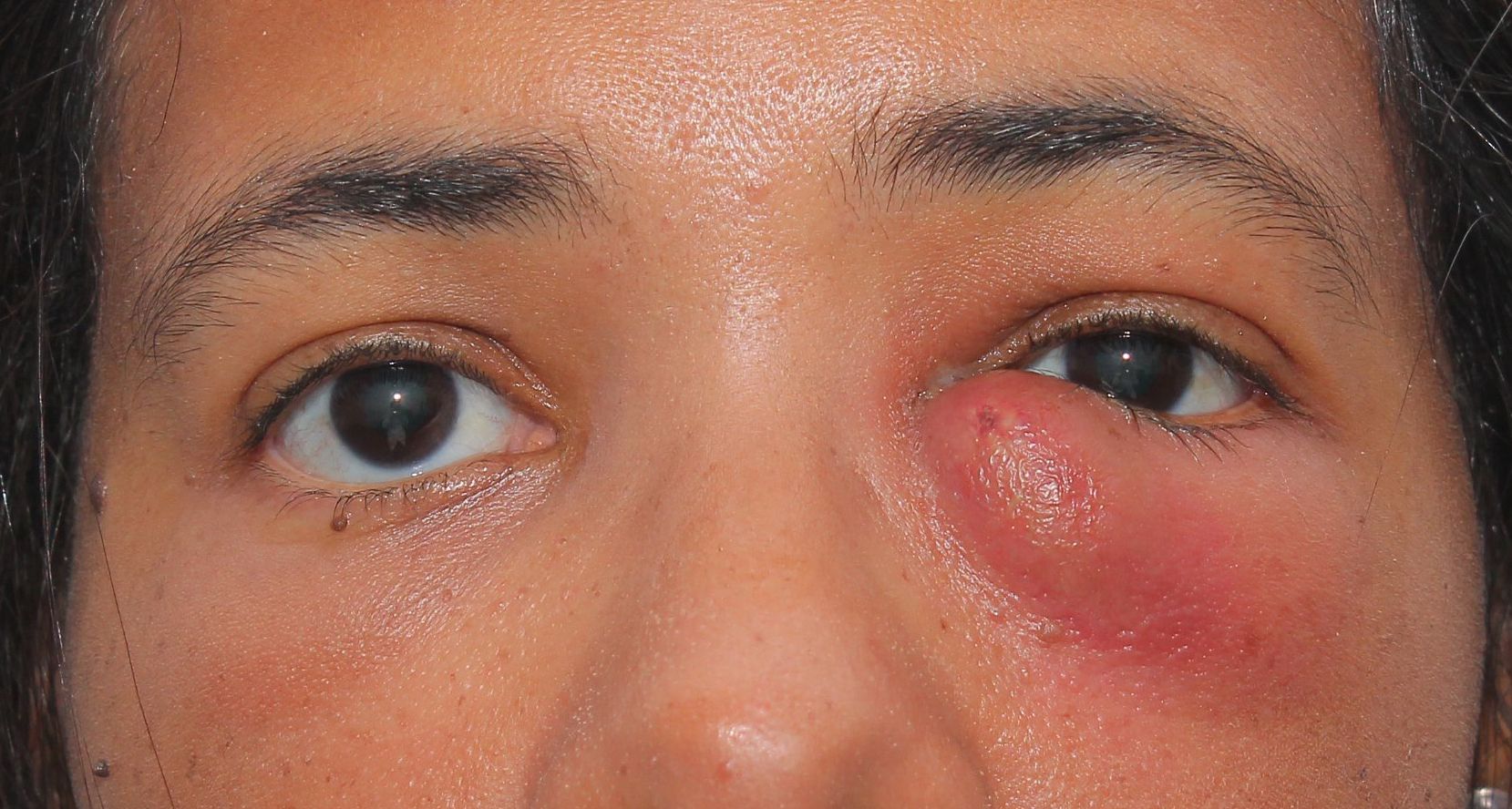Blocked Tear Ducts: Causes & Treatments
What causes blocked tear ducts?
Blocked tear ducts, also known as nasolacrimal duct obstruction, can occur due to a variety of reasons. Some common causes of blocked tear ducts include:
- Congenital factors: Approximately 6% of newborns are born with a blockage in their tear ducts, known as congenital nasolacrimal duct obstruction. This can happen when the membrane at the end of the tear duct fails to open at birth or if the duct is abnormally narrow or blocked.
- Aging: As we age, the tear duct system can become narrowed or blocked due to changes in the tissues and structures surrounding the ducts. This can lead to a backup of tears and cause symptoms of blocked tear ducts.
- Infections: Acute or chronic infections of the tear ducts, such as dacryocystitis, can cause inflammation and swelling, leading to blockages in the ducts. Infections can be caused by bacteria, viruses, or fungi.
- Injuries or trauma: Trauma to the face or eye area, such as fractures or blunt force trauma, can damage the tear duct system and cause blockages.
- Anatomical abnormalities: Structural abnormalities in the tear ducts or surrounding structures can obstruct the normal flow of tears. This can be due to conditions such as nasal polyps, deviated septum, or abnormal positioning of the tear duct openings.
- Tumors: Benign or malignant growths in the eye, nose, or surrounding tissues can block the tear ducts and disrupt the normal drainage of tears.
- Systemic conditions: Certain systemic diseases, such as autoimmune disorders, thyroid disorders, or sarcoidosis, can affect the tear ducts and cause blockages.
- Eye surgery: Complications from eye surgeries, such as cataract surgery or laser eye surgery, can sometimes lead to blockages in the tear ducts.
Symptoms of blocked tear ducts may include excessive tearing, watery eyes, discharge, redness or swelling around the eyes, and blurred vision. Treatment for blocked tear ducts depends on the underlying cause and severity of the blockage. It may include warm compresses, gentle massage of the tear duct area, antibiotic eye drops or ointments, nasal decongestants, or surgical procedures to open or bypass the blocked duct. If you suspect you have a blocked tear duct or experience persistent eye symptoms, it’s important to consult an eye care professional for proper evaluation and management.
What is the treatment for blocked tear ducts?
Treatment for blocked tear ducts depends on the underlying cause and severity of the blockage. In many cases, blocked tear ducts can resolve on their own or with conservative measures. However, if the blockage persists or causes persistent symptoms, medical intervention may be necessary. Here are some common treatment options for blocked tear ducts:
- Warm compresses: Applying warm compresses to the affected eye can help to soften and loosen the blockage, making it easier for tears to pass through the duct. Use a clean, warm washcloth and gently press it against the closed eye for a few minutes several times a day.
- Massaging the tear duct: Your healthcare provider may recommend gently massaging the tear duct area to help clear the blockage. Use a clean finger to apply gentle pressure and strokes along the side of the nose, near the inner corner of the eye.
- Antibiotics: If the blockage is caused by an infection, such as dacryocystitis, your healthcare provider may prescribe antibiotic eye drops or ointments to treat the infection and reduce inflammation.
- Nasal decongestants: If the blockage is related to nasal congestion or inflammation, nasal decongestants or corticosteroid nasal sprays may be recommended to reduce swelling and improve drainage.
- Tear duct probing: If conservative measures are not successful, your healthcare provider may perform a tear duct probing procedure to open the blocked duct. During this procedure, a thin probe is inserted into the tear duct to clear the blockage and restore proper drainage.
- Dilation and irrigation: In some cases, a healthcare provider may perform a procedure known as dilation and irrigation to open the tear duct. This involves inserting a small tube into the duct and flushing it with saline solution to remove the blockage.
- Balloon catheter dilation: For more persistent or severe blockages, balloon catheter dilation may be performed. In this procedure, a small balloon is inserted into the tear duct and inflated to widen the duct and improve tear drainage.
- Dacryocystorhinostomy (DCR) surgery: In cases where other treatments are not effective, a surgical procedure called dacryocystorhinostomy (DCR) may be recommended. During this procedure, a new drainage pathway is created to bypass the blocked tear duct and allow tears to drain directly into the nasal cavity.
It’s important to consult an eye care professional for proper evaluation and management of blocked tear ducts. They can determine the underlying cause of the blockage and recommend the most appropriate treatment options based on your individual needs.




